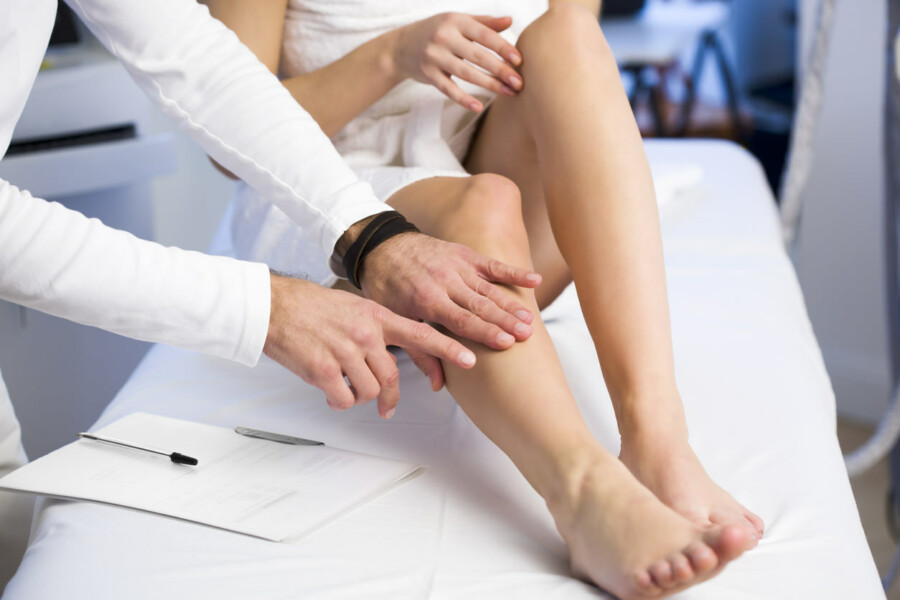Everything You Need to Know About Sclerotherapy

If you’re suffering from painful varicose veins or unpleasant spider veins, sclerotherapy might be the best path back to health and comfort.
Sclerotherapy is a medical procedure that was developed to eliminate varicose and spider veins. Both of the primary approaches to sclerotherapy involve the injection of a salt-like solution into the vein using a fine needle. The solution collapses the targeted vein and forces it to be absorbed into the body over time. As a result, blood flow is naturally redirected by the body to other, healthier veins.
This non-invasive procedure, proven both safe and effective, has been in use since the 1930s. As a patient, there are a few things you should know about the procedure ahead of time:
It typically takes between 15-30 minutes to complete
It’s more affordable than surgery
There’s no required hospital stay
There’s virtually no recovery period — most patients feel normal after just one or two days
You should speak to your doctor about which medications you can and cannot take in the first 48 to 72 hours after the procedure
You may experience some minor itching, bruising, or discoloration near the injection site
There are two main types of sclerotherapy that you should be familiar with.
Ultrasound-Guided Foam Sclerotherapy
This approach uses ultrasound imaging technology to visualize the patient’s vascular system and target the desired veins for removal. After the patient's veins are mapped, a specialist injects the varicose veins with the foam solution while the physician monitors the procedure in real-time to guide the placement of the syringe and target the correct vein.
The injected medicine, called a sclerosant, triggers an internal reaction that closes the problematic vein. Follow-up ultrasound scans are used to identify residual varicose veins for treatment and to confirm that all treated veins have closed properly.
Visual Sclerotherapy
Visual sclerotherapy is primarily intended to treat spider veins, which are typically smaller than varicose veins and rest closer to the skin’s surface. Since these veins are so shallow, your doctor won’t need to rely on an ultrasound to deploy the treatment into your vein(s). The procedure is visually guided.
Instead of a foam, the solution is typically saline-based and injected directly into the vein. The solution will cause internal scarring, thereby forcing blood to be rerouted through healthier veins.
Using this method, two to five treatments should be sufficient to achieve the desired results. That said, it can take anywhere between three months and a year in total for the spider veins to dissipate completely.
At the end of the day, both of these treatments are relatively quick, painless, and affordable. So if you’re currently struggling with varicose or spider veins, what are you waiting for? Contact a specialist today.